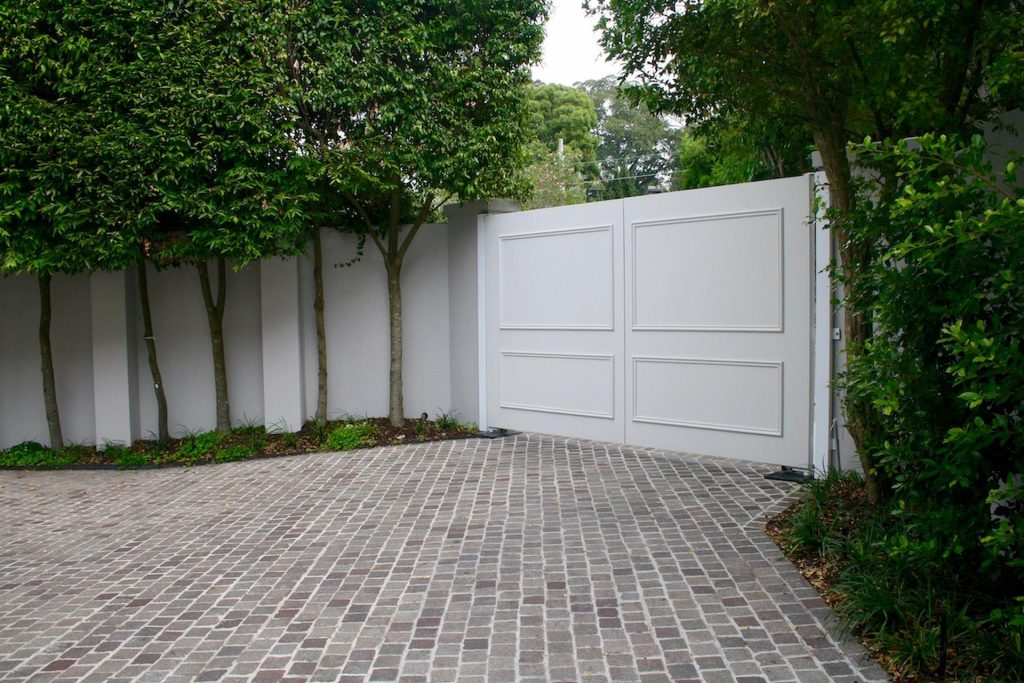To be honest, there are a lot of great articles on the Internet explaining what to do to repair an asphalt road, but we wanted to create an article that explains not only “how to repair an asphalt road”, but also the products and equipment, you will need to do the right thing. necessary repairs. Now that you’ve prepared your asphalt pavement by removing greenery and removing all debris, we’ll look at the tools and materials you need to repair an asphalt road easily and safely.
If you have really old asphalt or a paved driveway with lots of crocodile holes or crevices, then you might be better off in the long run if your driveways Hertfordshire is covered with fresh asphalt. To repair alligator cracks in a paved driveway, you’ll need an alligator patch, caulk, and an asphalt trowel or brush. Wide holes and cracks that go deep must be patched with the material before applying the sealant.
Packed Sand
Although bituminous sealant will fill microcracks, larger cracks (up to 1/2 inch wide) should be filled with bitumen based sealant. Cracks larger than half an inch should be filled with a mixture of sand and asphalt sealant. After removing loose material, fill deep cracks with packed sand to half an inch from the surface and use a caulk gun to apply a coat of crack filler to the asphalt. After the filler has hardened, you can smooth the roller with a spatula.
Putty
For larger cracks of a quarter to a half-inch, you will need an asphalt repair putty or a roller putty. Cracks larger than 1/4″ should be treated with a commercial grade asphalt crack repair, whether you plan to patch them or not. Most access roads have at least a few cracks that need to be repaired before the bituminous sealant can be applied. Cracks and holes need to be treated differently, although both surfaces require an asphalt sealer. Since the sealant seals small cracks and holes, moisture and other environmental factors cannot penetrate the asphalt.
Sealing Coating
The protective barrier created by the asphalt seal also reduces the need for roadway maintenance. The sealing coating also helps the roadway repel gasoline and oil, which can erode asphalt. It not only seals the discolouration and damage of the driveway repair surface but can also add a protective layer between asphalt and various elements. While costs depend on the extent of damage and the size of the driveway, resurfacing the seal is less expensive than repairing or replacing the entire paved driveway. Regularly sealing and repairing asphalt driveways is the best way to ensure that this coating lasts for years to come. Even if your porch is an expanse of puddles and potholes, it’s worth looking into DIY repairs first. In this article, you’ll find expert advice on how to patch driveway cracks, repair potholes, and resurface quickly and easily.
Concrete And Asphalt Repair
First, we’ll detail concrete and asphalt repair methods to help you extend the life of your driveways Hertfordshire (and basketball court/outdoor workshop). While replacing a driveway is a significant investment, the high-quality asphalt pavement you maintain can last for decades. Proper preparation of cracks and holes before filling them with asphalt repair material, cracks and holes can delay the need to resurface or replace an asphalt driveway. A thin layer of quality bituminous sealant protects the driveway from everyday impacts and helps prevent crumbling and cracking that can lead to more serious repair problems.
Bitumen Emulsion Sealants
Bitumen emulsion sealants are the most popular type of sealant for driveways. The sealant will not only significantly improve the appearance of the asphalt road but also prevent cracks and stains. As for the cracks you found, if they are all less than an eighth of an inch wide, you can just use filled caulk to cover the driveway. Use a bituminous paste patch containing fine aggregates to fill small holes and gaps along the curb. Using an asphalt trowel, spread the alligator patch into the cracks in the asphalt, leaving a 1/8 to 1/4 inch layer of material. If necessary, add additional material until ready. It’s also important that before applying any type of filler, you clear the driveway crevices of dirt, grass, cobblestones, or whatever may be in there.
Conclusion
If you have done other projects or driveway repairs, such as crack patching or pothole repairs, you should give them at least 4 weeks to fully cure before applying a coat of sealant. It is recommended that the seal coat be applied to the entire driveway, not just the driveway, every two to four years. While caulking and crack bridging can help extend the life of your driveway, these repairs are not a substitute for annual maintenance. Installing an asphalt driveway isn’t a do-it-yourself project—it requires the use of large commercial machines that heat hot mix asphalt and heavy rollers that level it on the spot—but often the homeowner can take care of this during the renovation. Asphalt sealers are not meant to be used on concrete and there are many products available for you if you do have a concrete or stone road. Commercial grade asphalt sealers are perfect for your private driveways.

